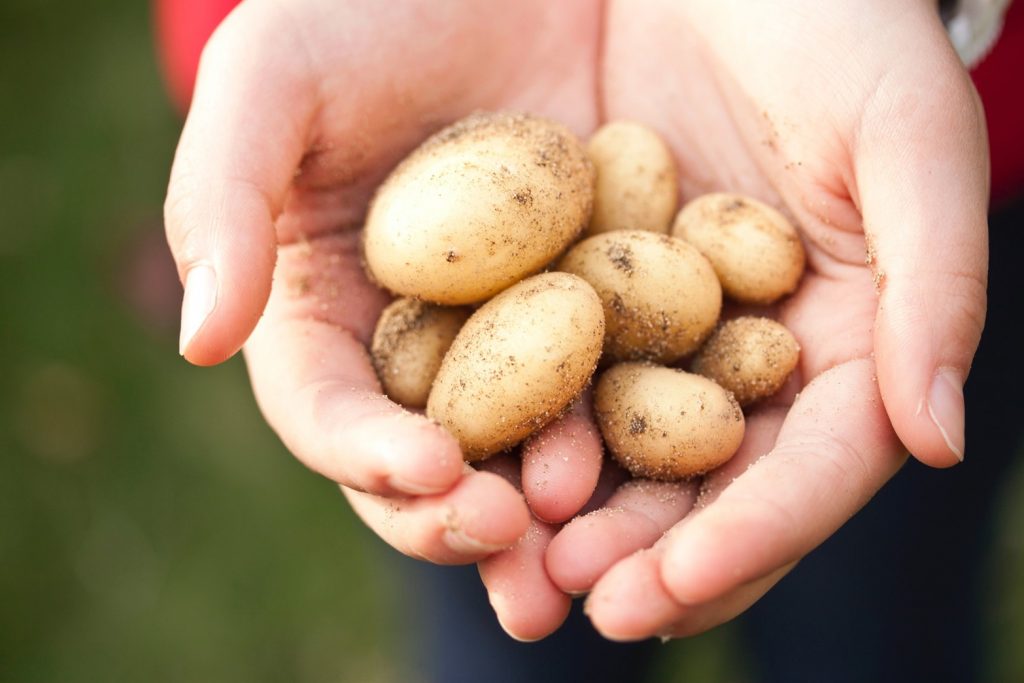I spoke about hobbies in the past, and how now more than ever it’s important to keep mental health a priority. Rather than list out a series of hobbies without providing insight about what the activity entails, I thought it’d be best to break each hobby down for you. Starting with my favorite… gardening!
A lot of us are in that in-between stage in life where we aren’t completely dependent on our parents and probably don’t live with them either. For most of us, this usually means a little apartment with ridiculously high rent. Apartment living, while it has limitations, doesn’t mean you can’t practice your green thumb! So let’s discuss apartment gardening or gardening indoors.
There are a few need-to-know basics before discussing the planting part. Lighting is KEY. This is going to be your mantra throughout the experience. Before anything, you need to find the perfect place to keep your plants. Ideally, you want a south-facing window, but south-east and south-west will do just as well. If you don’t have any of these options, there are artificial lighting alternatives. They consist of lightbulbs and heating pads.
The majority of the plants are going to require seed starter planters. These can be made from practically anything. I like using milk cartons, egg cartons, and aluminum cans, but I’ve seen people use eggs, ice cream cones, and all sorts of biodegradable material. Finally, when it comes to watering for most vegetables the general consensus is that you want the soil moist to the touch, but not soaking. Fear not, watering is actually pretty easy if your plant is receiving proper sunlight.
Did you know your produce doesn’t have a one-time use? How great is that? You can buy a five-dollar sack of potatoes and grow an infinite surplus later on. This applies to most fruits and vegetables you buy at the grocery store. Here are a few common ones that are easy to grow indoors:
Potatoes – We’ve all done it, reached in the back of our cupboard only to find an old sack of potatoes that have sprouted. Instead of throwing them out, cut them to where each piece has two sprouts. Place them in a big pot filled with soil about four inches high, and then place about four to six potatoes in the dirt with the sprout facing down. Cover them with about two inches of dirt and commence watering them once a day. Within two weeks you should see stems spouting, and once stems have grown four to five inches follow up by adding a layer more dirt leaving only the top leaves peaking out. Continue this layering process until the whole pot is filled. Once leaves turn brown potatoes are ready to harvest. Last year I grew about 70 potatoes in one pot!

Chives – These are literally the easiest thing in the world to grow. Once you buy it once, you’ll never have to buy it again. Snip off the stalk part of the onion and save the white bulbs part. Place it in a jar of water covering only about half of the bulb. They grow back every four days! Continue to snip off stalk to your desired length and replace water ever so often.
Lettuce – Similar to chives, this only requires water to grow. Any lettuce works, but I feel romaine lettuce works best. Cut the leaves off and leave them in a two-inch base. Place in a shallow bowl of water, and within a week see leaves grow from the center.
I love growing my own food. So much of our food Is processed, pumped with GMO’s and all sorts of yucky stuff that’s not good for us. It’s refreshing knowing exactly where my food is coming from and it’s wonderful being conscious of what nutrients my body is receiving. I hope you give this a try and get the opportunity to enjoy fresh homegrown food too.


